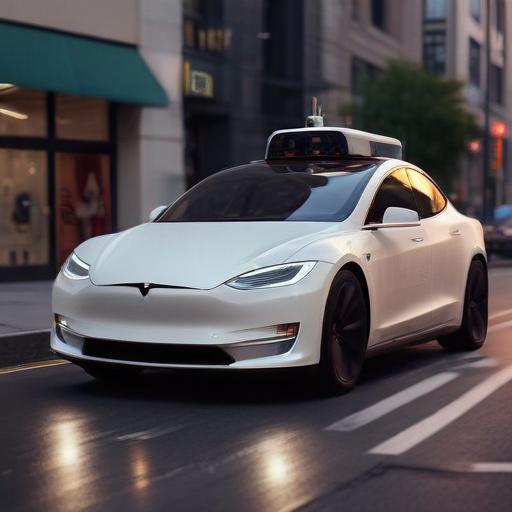Developers of self-driving vehicles often shy away from discussing “teleoperation,” which involves human operators remotely controlling autonomous vehicles. This reluctance may stem from the expectation that autonomous vehicles should function entirely on their own. However, experts assert that teleoperations currently play an essential role in robot taxi services, including Tesla’s new Robotaxi system. While the technology continues to advance, the complexity of real-world driving scenarios necessitates human intervention, especially in challenging situations.
With Tesla set to launch its much-anticipated Robotaxi service in Austin, Texas, the details surrounding its teleoperations remain unclear. A recent job posting by Tesla indicates the company is developing an application to facilitate operations via a cutting-edge virtual reality (VR) setup, enabling remote operators to engage with the vehicles in real-time.
Despite the approaching launch date, crucial questions about the teleoperation systems have gone largely unanswered by various government authorities, including representatives from the city of Austin, the Texas Department of Transportation, and the National Highway Traffic Safety Administration (NHTSA). The lack of communication on this subject raises important safety concerns, as the NHTSA recently requested detailed information from Tesla regarding their teleoperation plans, emphasizing the need for clear supervision and intervention protocols.
Similar technologies have been demonstrated elsewhere; for instance, humans operated the robot Optimus during a public exhibition in Los Angeles, and teleoperations were utilized to showcase its capabilities. Furthermore, Tesla holds a permit to test autonomous vehicles under California’s more stringent regulations, which require a communication link for remote operations.
In a positive development, as noted by spokespeople from Austin city government, there is ongoing cooperation between local authorities and autonomous vehicle companies to establish operational protocols and ensure comprehensive training for first responders. This collaborative approach signals a proactive stance on safety as the industry continues to innovate.
The integration of teleoperation in autonomous driving frameworks suggests a transitional phase where human oversight can enhance safety. This is particularly crucial as companies like Tesla push the boundaries of technology while ensuring that robust systems are in place to protect users and the public.
